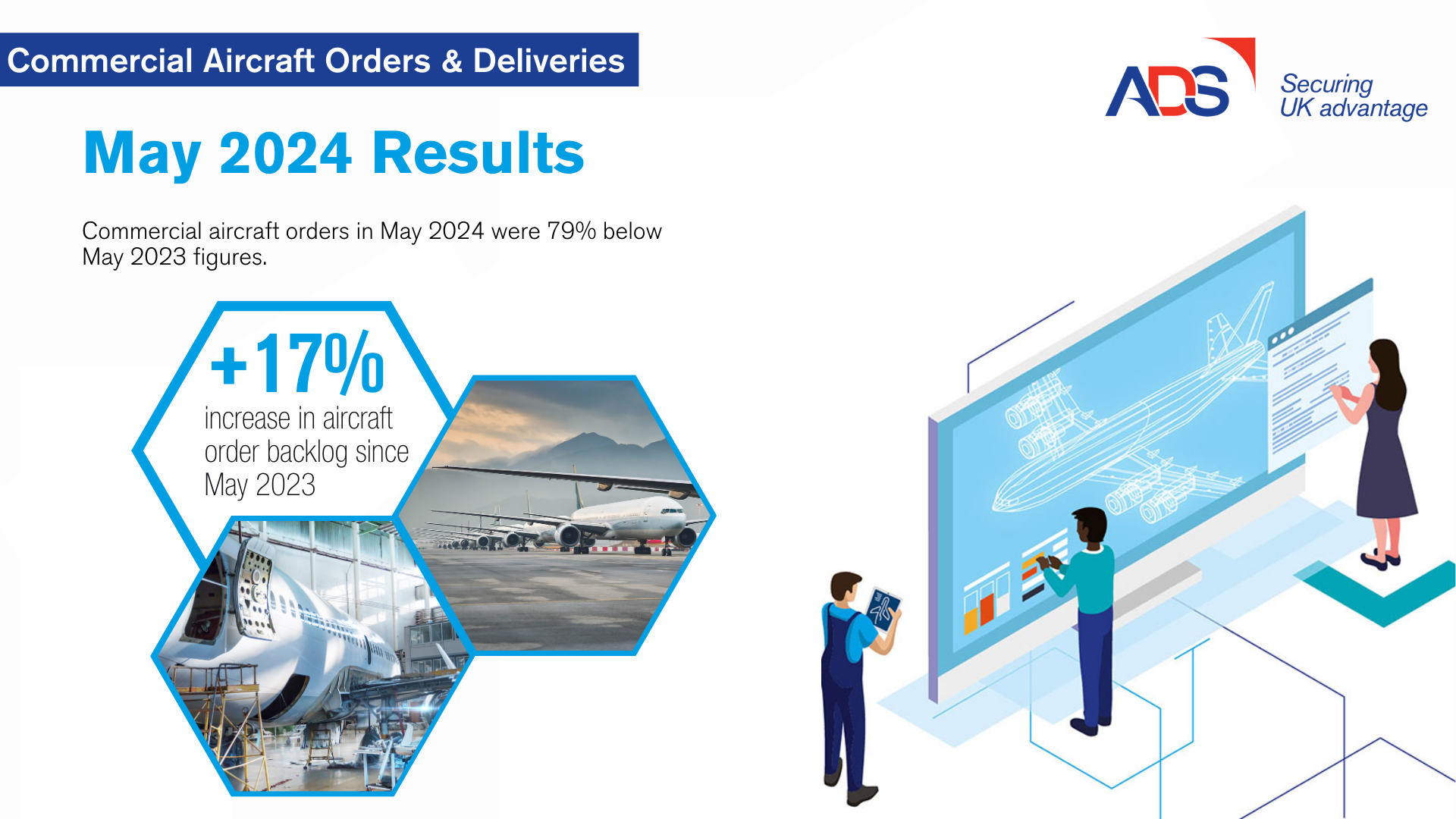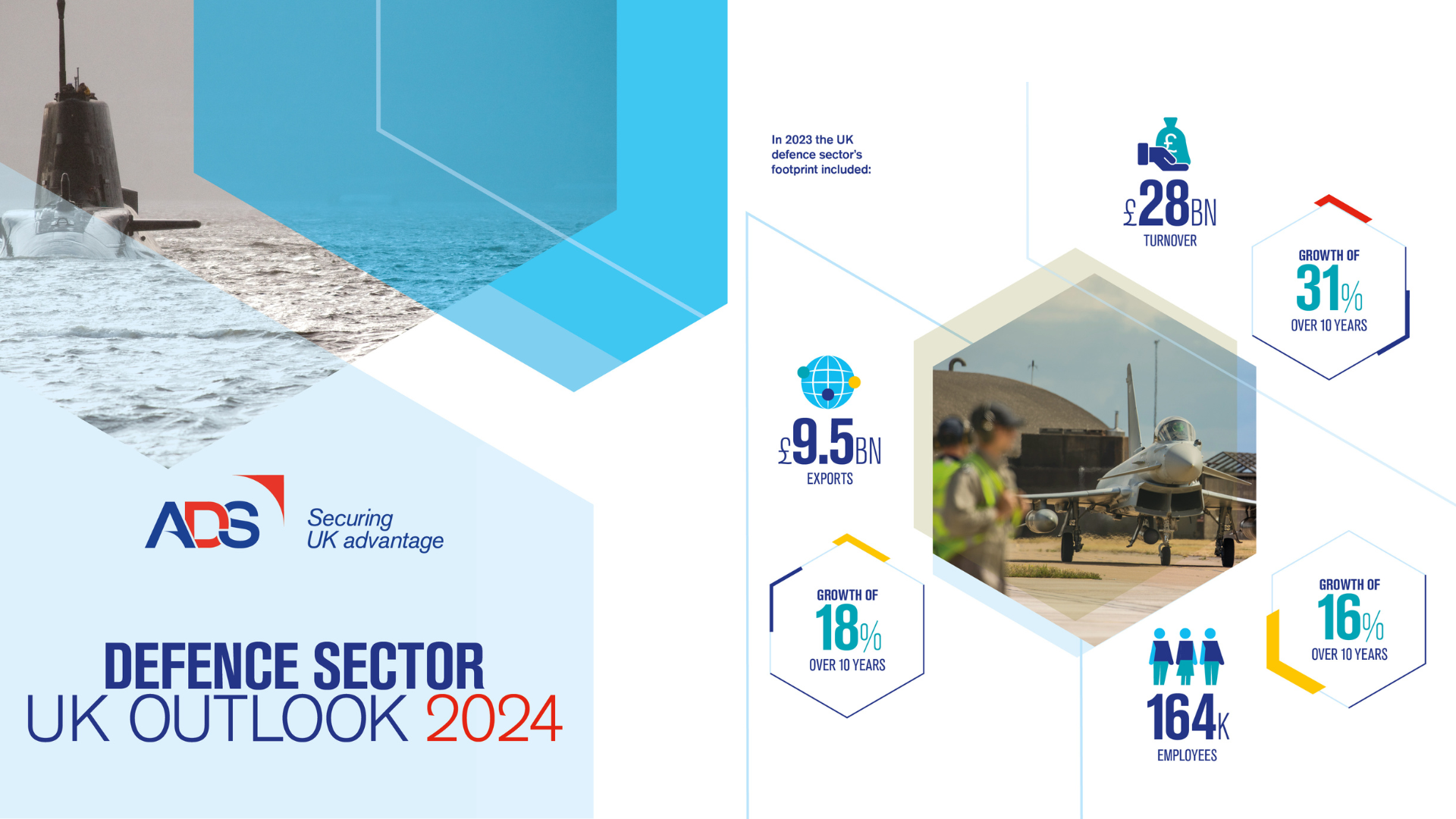
Introduction
The Sustainable Skies World Summit took place on 5th and 6th April 2022 at Farnborough International Exhibition and Conference Centre. The summit provided a convening place for representatives from industry, government and academia to come together to learn, discuss and network on the agenda of sustainable aviation, building change that will move aviation along its decarbonisation journey.
Talks and presentations
There were talks about the four “levers” to be used to steer the industry: operational and infrastructure improvements, technology, sustainable aviation fuel (SAF), and market-based measures. Deconstructing the roadmaps showed there were two extremes: “Art of the possible” and “Art of the probable”, with roadmaps from across the globe coming from different perspectives and being placed within these two sides.
The summit also convened conversations around other, less well understood methods to decarbonise, including using direct air capture (DAC) to store carbon in the ground, potentially resulting in negative emissions. Technologies such as DAC should be considered not out of scope, as they are now, but rather a strategic tool that aviation can lever to reach net zero.
Discussion panels
The Summit provided an opportunity for discussion on a range of different topics from many different players in the aerospace sector. There was a heavy emphasis on the quick win SAFs provide, but also recognition that they come with incremental challenges associated with infrastructure, scalability, cost and feedstock availability. The aim to get to 10% of fuel being SAF’s by 2030 is ambitious but doable with serious investment.
The UK was noted to be leading the way with sustainable aviation through interfaces such as the Aerospace Technology Institute (ATI) and effective government-industry forums such as the Aerospace Growth Partnership (AGP), as demonstrated by the recent increase in funding for the ATI of £685m over three years.
In the short term, SAFs would offer the way to reach the Net Zero goal, however, it was not the only significant aspect for sustainability: increasing efficiencies with management systems could reduce unnecessarily longer airflight paths; a hydrogen-based approach could provide a steppingstone for a longer-term solution; and issues with policy and many other pathways were discussed.
Investment in technology around hydrogen is needed to accelerate its maturity faster, so it can be commercialised at pace. Power-to-liquids fuels, the most advanced form of SAF, or e-fuels, was also discussed, with it being a challenging process that comes with a big price tag, but potentially reducing carbon output by up to 99 percent.
There was agreement on the phrase, ‘don’t let the perfect be the enemy of the good’, which was repeated many times throughout the discussions, emphasising the greater challenge being faced and therefore not dismissing some solutions because they are not perfect.
Conclusion
With new technology, methodologies and challenges being discussed, the summit provided a glimpse into what the industry is doing to shape the future of aviation while trying to leave a lasting impact on the environment. We now look forward to the Farnborough International Air Show on 18-22 July 2022 to further accelerate the cause of sustainable aviation.





